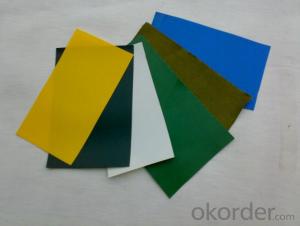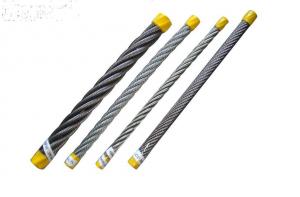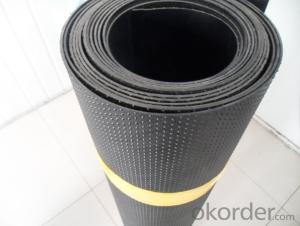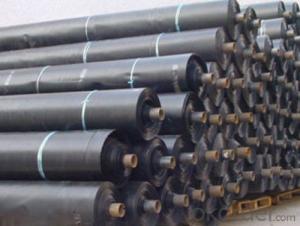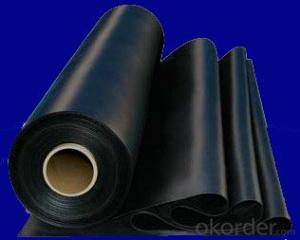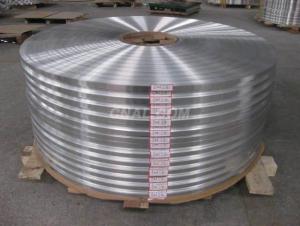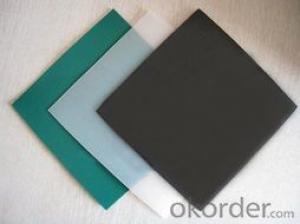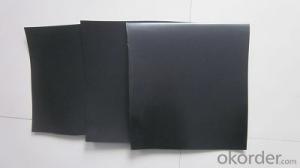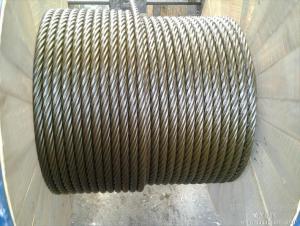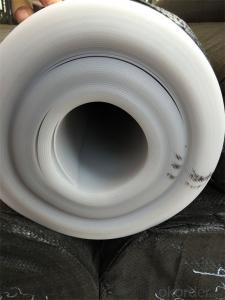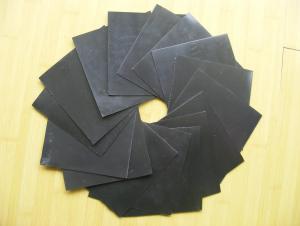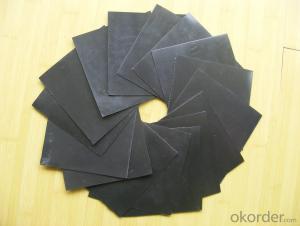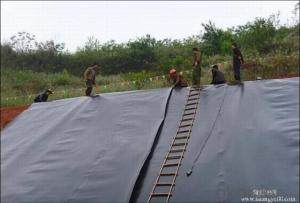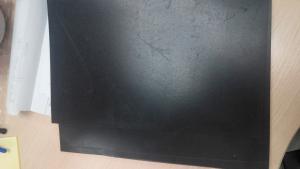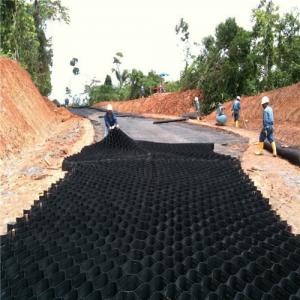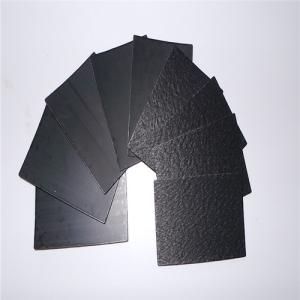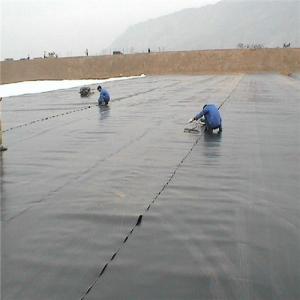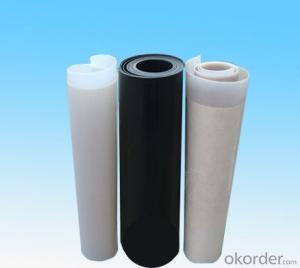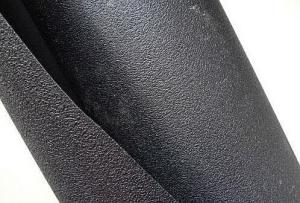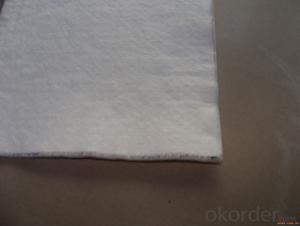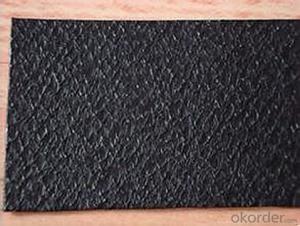Geomembrane Applications
Geomembrane Applications Related Searches
Blu Ray Player With Internet Geomembrane In Pakistan 30 Mil Pvc Geomembrane Pvc Geomembrane Specifications Pvc Geomembrane Geomembrane Machine Plastic Geomembrane Nonwoven Wallpaper Geomembrane Material Geomembrane FabricHot Searches
Geomembrane For Sale China Pvc Geomembrane China Geomembrane Roll Sheet Hdpe Geomembrane Sheet Price Hdpe Geomembrane China China Geomembrane Geomembrane China Hdpe Geomembrane Price Geomembrane Price Wholesale Hdpe Geomembrane Roll Geomembrane Factory Wholesale Liner Hdpe Geomembrane Wholesale Geomembrane Hdpe Wholesale Hdpe Geomembrane Geomembrane Market Size Wholesale Hdpe Geomembrana Wholesale Liner Geomembrane Geomembrane Liner Supplier Wholesale Geomembrane China Pvc GeomembraneGeomembrane Applications Supplier & Manufacturer from China
Okorder.com is a professional Geomembrane Applications supplier & manufacturer, offers integrated one-stop services including real-time quoting and online cargo tracking. We are funded by CNBM Group, a Fortune 500 enterprise and the largest Geomembrane Applications firm in China.Hot Products
FAQ
- nan
- Principle of diaphragm valve: Diaphragm valve is a special form of block valve, appearing in the 1920s. Its opening and closing member is a separator made of a soft material, to seperate inner cavity of valve body and inner cavity of bonnet, so it is called as diaphragm valve. Features of diaphragm valve: The most prominent feature is to seperate inner cavity of lower valve body and inner cavity of upper bonnet so as to protect valve rod, valve clack and other parts above diaphragm from etching by medium. It save filler sealing structure, and medium will not leak. diaphragm made of rubber, plastic membrane and other soft sealing material has good sealing property. Because diaphragm is a wearing part, it should be replaced at regular intervals depending on the medium characteristics. Due to limitation of diaphragm material, diaphragm valve is suitable for low pressure and medium temperature. Diaphragm, according to structure, can be divided into: house, straight-flow, cut-off, straight-through, flashboard and right angle types. The connection form is usually flanged joint. According to drive mode, it can be divided into manual, electric and pneumatic types, among which pneumatic drive is divided into normally open , normally closed and reciprocating types.
- nan
- Width 6 meters wide composite film has high puncture-resistant strength and anti-friction coefficient, it can adapt to the ambient temperature range and has superior anti-drainage, it's applied in water?conservancy, chemical engineering, construction, transportation, iron, tunnels, waste disposal sites, etc.
- nan
- As far as I am concerned: Diaphragm is located between the anode and the cathode, whose main fuction is to separate the positive and negative electrode active material, preventing short circuit caused by the contact of the two poles. In addition, in the electrochemical reaction, it can maintain the necessary electrolyte to form channel for icons to move. Diaphragm material is not conductive. Different types of batteries use different diaphragms.
- Yes, geomembranes are generally resistant to groundwater contamination. They are designed to provide a barrier against the flow of liquids, including groundwater, preventing it from contaminating surrounding soil or water sources. However, it is important to note that the effectiveness of geomembranes in preventing groundwater contamination can vary depending on factors such as the type and quality of the geomembrane material, installation methods, and site-specific conditions. Regular inspection and maintenance are necessary to ensure their long-term effectiveness.
- nan
- Try to choose new materials to produce geomembrane
- Yes, geomembranes can be used in floating solar panel installations. Geomembranes are impermeable liners that can be used to create a floating platform on water bodies, providing a stable foundation for solar panel installations.
- nan
- Two cloths one membrane,
- Geomembranes prevent contamination of drinking water sources by acting as a barrier between the water and any potential contaminants in the surrounding environment. They are impermeable materials that are installed in water storage facilities, reservoirs, or landfills to prevent the migration of harmful substances such as chemicals, bacteria, or pollutants into the water. This protective layer ensures the integrity and safety of the drinking water source, safeguarding it from potential contamination and ensuring the quality of the water supply.










